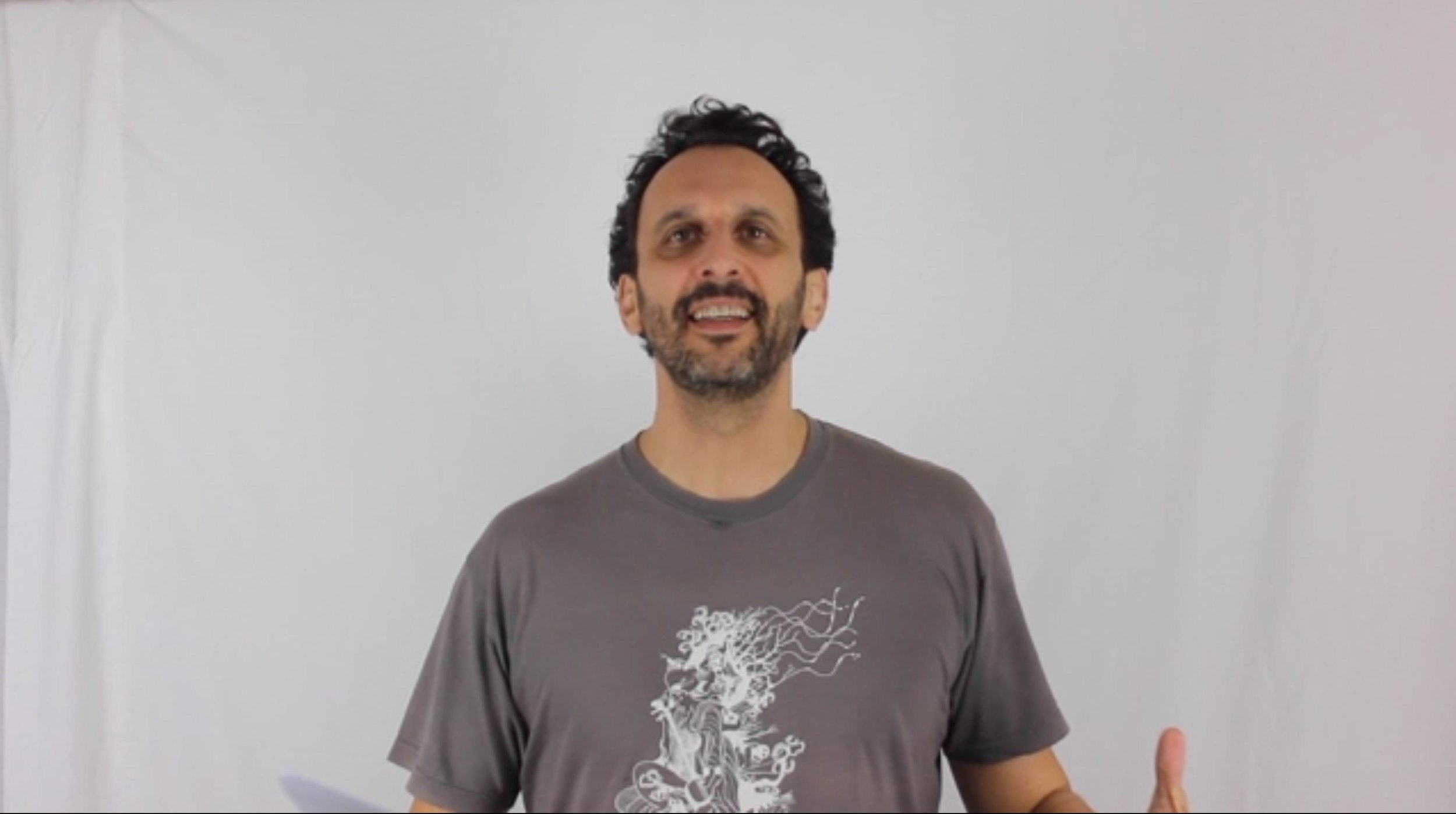World Environment Day
Today is the 5th of June, it's my brother's birthday and also, World Environment Day. "World Environment Day, which the UN first established in 1972, urges all of us to protect our natural surroundings."
My contribution to this day is the vision I have: Design for the Triple Bottom Line, which I think is moving towards regenerative design (going beyond the circular economy and towards healing systems).
What will you do today for the planet?
#D2design #DesignWithRespect #IndustrialDesign #Design
#ProductDesign #Triplebottomline #Keynote #Keynotespeaker #MelbourneDesign #AustralianDesign





